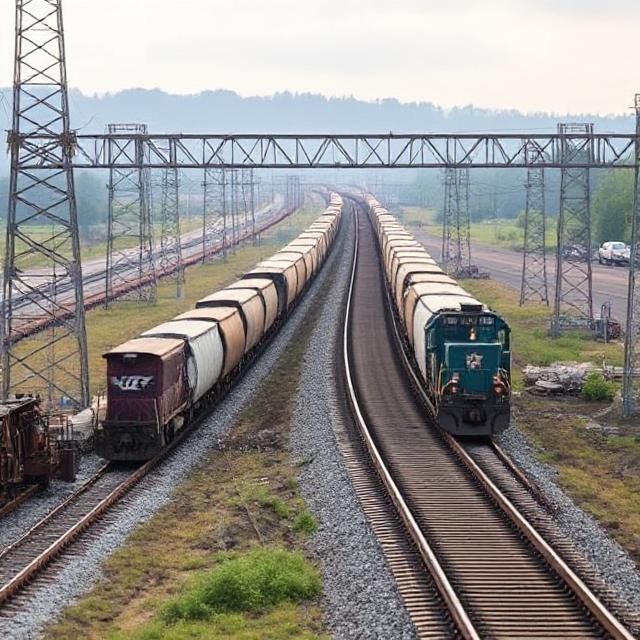India’s robust infrastructure agenda is underpinning a sharp surge in steel demand, with its massive Dedicated Freight Corridors (DFCs) playing a key role. The Eastern and Western DFCs-spanning 401 km and 244 km respectively in their initial phases-have already consumed millions of tonnes of steel. Officials report that ongoing plans to lay an additional 40,000 km of railway track over the next five years will drive further requirements: approximately 1 million tonnes of rail steel, 140,000 tonnes of structural steel, and over 1.2 million tonnes of reinforcement steel.
The ambitious track expansion is part of a broader ₹11 lakh crore investment in new freight, high-density, and port-connectivity corridors, expected to be rolled out gradually over the next six to eight years-this involves some 434 individual projects adding to the required track mileage. Moreover, the government’s ambitious PM Gati Shakti multi-modal master plan is slated to drive steel demand further-Deloitte projects that boosting infrastructure spend will push annual steel consumption to between 221 and 275 million tonnes by FY34, growing at a CAGR of 5–7 per cent. With a large share of this demand emanating from railways, bridges, and industrial corridors, long-form structures and heavy rails are expected to absorb a significant portion of domestic steel supplies.
The DFCs themselves are nearly operational-the Eastern corridor is fully functional, while over 93 per cent of the Western corridor is complete. Once live, their sheer rail steel consumption for sleepers, tracks, bridges, and supporting infrastructure will be colossal-and only amplified by plans to add 40,000 km nationwide. In effect, India’s freight corridor expansion doesn’t just relieve railway bottlenecks-it’s a central pillar of the country’s steel strategy. This infrastructure-led steel demand cascade offers a significant tailwind as India scales production and capacity to meet record-setting investment in its economy’s backbone.





